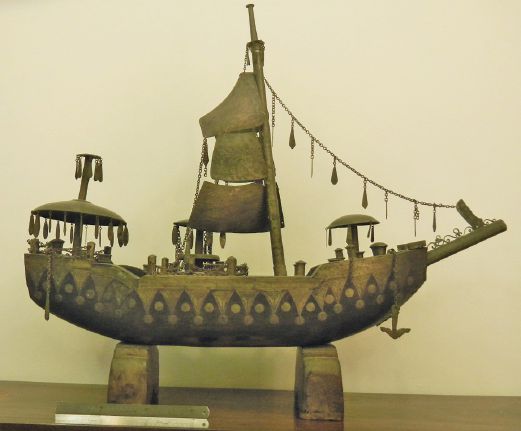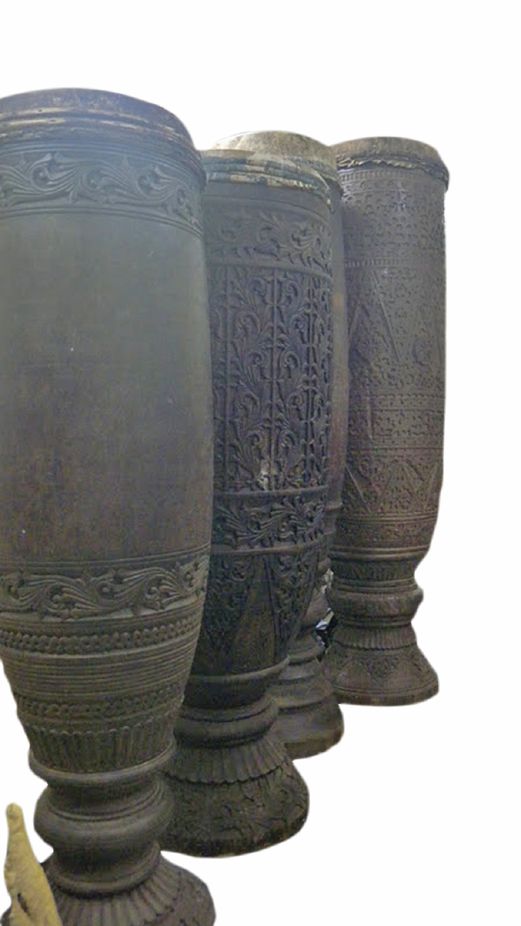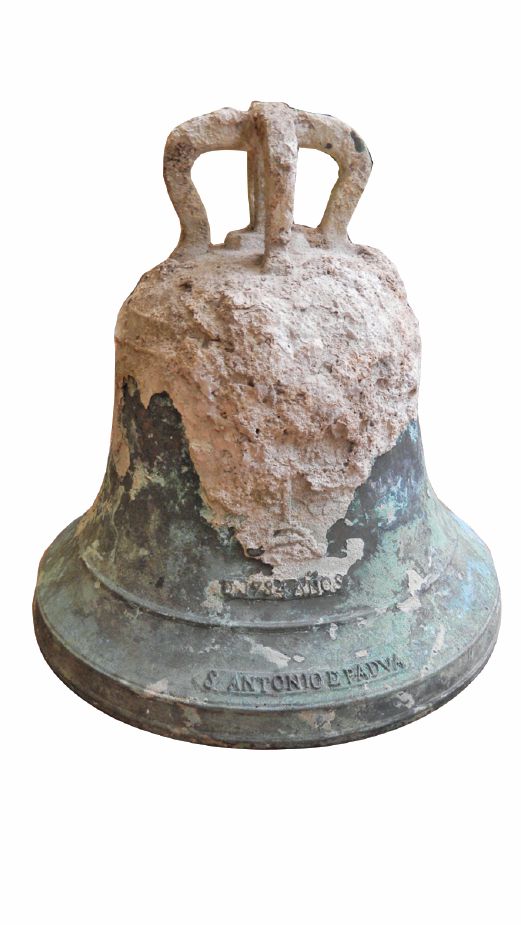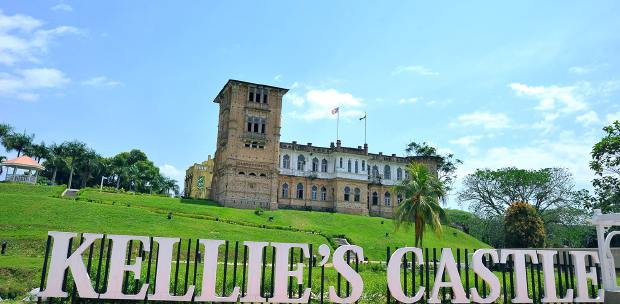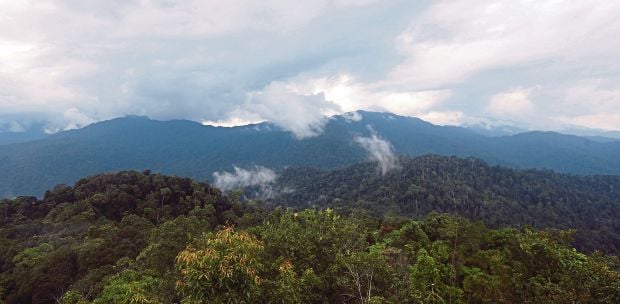KUALA LUMPUR: LIKE many fabulous stories, this one involved a rogue treasure hunter and sunken treasure of unique world-class artefacts and archaeological relics dating back 6,000 years, from ancient Chinese, Malay and eastern epochs at different prehistoric moments.
Incredibly, a spectacular treasure trove of this magnitude, whose true worth is still unknown but may exceed the wildest expectations, is stored for safekeeping somewhere in nondescript but secure Klang Valley locations, waiting for the right place and moment to reveal itself.
And, the moment has arrived — the wait is expected to be over by March next year after legal custodians of this resplendent treasure firm up plans to establish the Asian Heritage Museum (AHM), a fledgling antiquities project anchoring itself at the front entrance of Sungei Wang Plaza.
The extent of these relics is dazzling:
MORE than 1,000 geological crystals, ceramics, jades, currencies and coins from all corners of the world;
PLATES, cups, pots and containers tracing back to the Ming and earlier dynasties;
THREE-METRE-HIGH drums of Malay origins, possibly the world’s biggest; and,
EXQUISITE model sailing ships, daggers, armours, spears and keris rooted in old Malay sultanates and other odds and ends from Southeast Asian countries.
But the piece de resistance is the ornate jade pieces of mysterious and mystical origins dating back to more than 6,000 years, to an epoch simmering before the great Chinese dynasties.
So primordial are these pieces that renowned antiquities expert Wang Zhongxin of the Palace Museum of Beijing, engaged to authenticate the pieces, can only shake his head in amazement.
It would take something extraordinary to astound this highly sought-after maven. On Wang’s authentication, several jade pieces were appraised by Hong Kong-based Juyi, an auction house that does a US$500 million (RM1.7 billion) business every year — they are indeed extremely valuable.
The journey from obscurity to exposition was maddening: in 2005, when the New Straits Times first published the story of the treasure’s existence, it was owned by an American treasure hunter who had hauled in the precious cargo into Malaysia, hoping to sell them to the government for a king’s ransom.
However, the then administration declined, preferring a collaboration to showcase the artefacts in a special museum that would have exhibited magnificent jade life-sized horses and statues purportedly of Genghis Khan, worth perhaps a few billion in the open market.
To cut a long story short, the treasure hunter’s reputation preceded him: as a rogue salvager of Chinese shipwrecks with multiple bounties on his head, he hastily fled Malaysia months later after getting spooked over word that someone was out to get him but not before lugging the life-size jade statues.
However, in his haste to flee, the treasure hunter was forced to leave behind the considerable hoard — his loss but humanity’s gain.
Before the museum project could get going, a consortium funding and providing services needed by the treasure hunter to set up base here had to overcome the legal wrangle that he triggered upon fleeing Malaysia.
In a nutshell, the consortium won a High Court order giving them ownership of the artefacts, later managed by a group of custodians and stakeholders who opted, as a patriotic gesture, to showcase the artefacts as an Asian heritage rather than capitalise on their potentially immense profits.
To get the museum project on track, the custodians retained the endorsement of an illustrious group of advisers: Deputy Home Minister Datuk Dr Wan Junaidi Tuanku Jaafar, author and IDEAS founding president Tunku ‘Abidin Muhriz, former minister Tan Sri Michael Chen, economist and former senior civil servant Tan Sri Dr Ramon Navaratnam and entrepreneur Hamidon Taib.
The advisers also secured letters of support from the Tourism and Culture Ministry, and the Asean secretary-general two years ago. The AHM project is managed by
K. K. Tan, a former chief executive officer of a government-linked company, now a consultant, think tank analyst and columnist, who also acts as representative of the custodians.
While the idea of the Asian Heritage Museum was to reaffirm cultural, historical and ancestral commonalities, another vital aspect emerged: political leverage with China, which is likely to regard these antiquities as part of its grand existentialism, demanding that not only must the artefacts be preserved, they must also be exposed for posterity.
Besides, the AHM will provide the perfect backdrop for Malaysia when it assumes the chair of Asean next year, a heritage centrepiece appreciated by Asean member states as a shared experience to promote multicultural understanding and regional armistice.
Planned as an innovative showpiece of multimedia, animation and live exhibitions to advance varied aspects of Asian cultural heritage and global tourism, the custodians engaged Dr Louise Tythacott, a leading British pro-Asian curator who curated the largest museum outside London, the Liverpool National Museum.
Future plans include using the artefacts to link Southeast Asian history with the rest of Asia and possibly the West, housing educational galleries on Asian martial arts, costumes, food, and arts and craft, promoting touring exhibitions, hosting arts and heritage events and, naturally, attracting tourists, especially from China, as an appeasement of the Malaysia Airlines flight MH370 tragedy.
Once established, the museum will follow up with the formation of a Heritage and Peace Council made up of eminent local and international personalities, who would strive to prevent or minimise Asia’s tendency to be ensnared in regional conflicts and advance multi-cultural understanding and more permanent peace.


